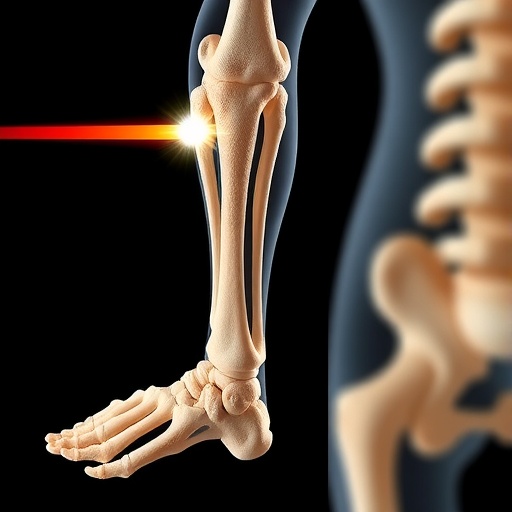BOSTON– A new, team-based, primary care model is decreasing prescription opioid use among patients with chronic pain by 40 percent, according to a new study out of Boston Medical Center's Grayken Center for Addiction Medicine, which is published online ahead of print in JAMA Internal Medicine.
In the wake of the opioid epidemic, institutions like the American Academy of Pain Medicine (AAPM) created guidelines for monitoring chronic pain patients on opioid medications to prevent overuse and overprescribing. According to AAPM guidelines, physicians should monitor patient's opioid use through urine drug testing at least once a year and have patients sign an opioid treatment agreement with them. However, previous research has found few primary care providers adhere to the guidelines because most strategies focus on changing individual prescriber behavior rather than implementing a systems-based intervention.
The TOPCARE (Transforming Opioid Prescribing in Primary Care) model brings a nurse care manager into the equation to discuss treatment plans with patients suffering from chronic pain, and to ensure monitoring occurs; provides online resources to assist prescribers, and coordinates an individualized educational session for primary care providers conducted by an expert in opioid prescribing.
"By providing team-based support for primary care providers and patients, the TOPCARE model ensures that patients are closely monitored," said Jane Liebschutz, MD, MPH, a primary care internist and addiction expert at BMC's Grayken Center for Addiction Medicine, who served as first author and co-principal investigator on the study.
In a controlled clinical trial, researchers looked at data from nearly 1,000 patients with chronic pain who were treated with opioid pain medication in four primary care practices. Half of the patients' primary care providers received the full TOPCARE intervention and half of the primary care providers received only electronic decision support tools (mytopcare.org).
The study found that TOPCARE patients had lower opioid doses and had a 40 percent greater likelihood of having their opioid medications discontinued compared to the control patients. TOPCARE patients were also six times more likely to receive care adhering to the AAPM opioid monitoring guidelines.
"The TOPCARE model was so effective in lowering opioid use that two of the study sites hired nurse care managers to continue the intervention and expand services to their primary care providers. Future research should look at data from state prescription drug monitoring programs and data on other substance use to get a more comprehensive view of how patients are using opioids," said Karen E Lasser, MD, MPH, a general internist at BMC with expertise in improving the quality of care for underserved patient populations, who served as co-principal investigator of the study.
###
The study was funded by the National Institute on Drug Abuse, R01DA034252-01.
About Boston Medical Center
Boston Medical Center is a private, not-for-profit, 487-bed, academic medical center that is the primary teaching affiliate of Boston University School of Medicine. It is the largest and busiest provider of trauma and emergency services in New England. Committed to providing high-quality health care to all, the hospital offers a full spectrum of pediatric and adult care services including primary and family medicine and advanced specialty care with an emphasis on community-based care. Boston Medical Center offers specialized care for complex health problems and is a leading research institution, receiving more than $117 million in sponsored research funding in fiscal year 2016. It is the 13th largest recipient of funding in the U.S. from the National Institutes of Health among independent hospitals. In 1997, BMC founded Boston Medical Center Health Plan, Inc., now one of the top ranked Medicaid MCOs in the country, as a non-profit managed care organization. It does business in Massachusetts as BMC HealthNet Plan and as Well Sense Health Plan in New Hampshire, serving 290,000 people, collectively. Boston Medical Center and Boston University School of Medicine are partners in the Boston HealthNet – 14 community health centers focused on providing exceptional health care to residents of Boston. For more information, please visit http://www.bmc.org.
Media Contact
Jessica Lyons
[email protected]
617-638-6838
@BostonUNews
http://www.bmc.org




